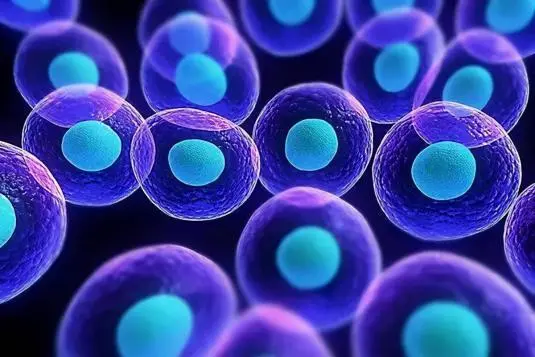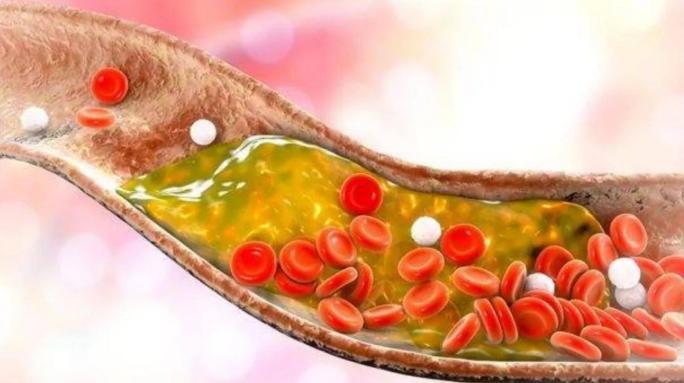Hyperlipidemia is known as an invisible killer. Like high blood pressure and high blood sugar, it threatens people’s health. However, some people tend to ignore the harm of hyperlipidemia and not adjust their diet in time, which in turn induces a series of complications, and it is too late to control it.10 Risk of taking hyperlipidemia
Don’t take hyperlipidemia seriously, these 10 hazards are terrible
1. Cause coronary heart disease

Persistent hyperlipidemia is prone to atherosclerosis, reduced coronary blood flow, vascular stenosis or obstruction, and reduced myocardial blood infusion, leading to myocardial ischemia, angina pectoris, and coronary heart disease.
2. Induce obesity
When the blood lipid exceeds the standard, the secretion regulation system in the body will be disordered. Excessive fat accumulates under the skin and around the blood vessel wall, which cannot be digested and decomposed normally, thus causing obesity.
3. Causes high blood pressure

When atherosclerosis occurs, it disrupts myocardial function, activates angiotensin-converting enzyme, promotes vasospasm, and causes the adrenal gland to secrete vasopressin, which ultimately leads to increased blood pressure.
4. Increase blood viscosity
Excessive chylomicrons and low-density lipoprotein in the body are free and slowly deposited in the blood, which will slow down blood circulation, increase blood viscosity, lead to stasis of microcirculation capillaries, and ultimately reduce the deformability of red blood cells.
5. Causes a stroke

Persistent hyperlipidemia can narrow or block blood vessels. After cerebral arteriosclerosis, the endothelium is damaged, and once ruptured, a hemorrhagic stroke occurs. A large number of thrombi will block the cerebral blood vessels and eventually induce cerebral thrombosis and cerebral infarction.
6. Damage to liver function
Long-term hyperlipidemia can cause fatty liver, hepatic arteries are damaged after atherosclerosis, and the structure of hepatic lobules changes greatly after injury, which eventually leads to liver cirrhosis.
7. Reduce resistance
Hyperlipidemia is an independent and important risk factor for many diseases, which can easily lead to myocardial infarction, stroke, sudden cardiac death, and coronary heart disease. Hyperlipidemia also promotes impaired glucose tolerance, diabetes, and hypertension.
8. Body acidification

There is a large amount of free lipid and protein in plasma, which is easily oxidized and rancid, which makes body fluids acidified and vulnerable to bacteria and viruses. In addition, high blood lipids can also affect the decomposition and release of bone calcium, leading to osteoporosis and calcium deficiency.
9. Damage to normal cells
Excessive free or deposited lipid substances in the blood can increase the body’s oxygen consumption. Through oxidation, lipid oxidative free radicals are formed, which are freed in the plasma, causing damage to normal cells and accelerating cell aging and death.

10. Damage to coronary arteries
Plasma deposits and moves too many lipid proteins, reducing blood flow. Moreover, it will be deposited on the arterial endothelium after being oxidized and rancid, and long-term adherence to the blood vessel wall will cause damage to the arterial endothelium, thereby forming arteriosclerosis.
Read more tips about health and fitness http://www.growmorehealth.com
